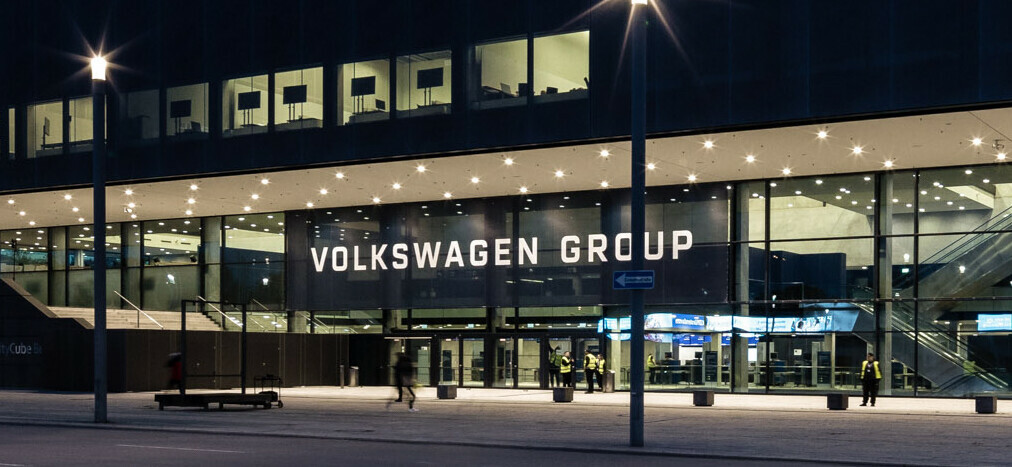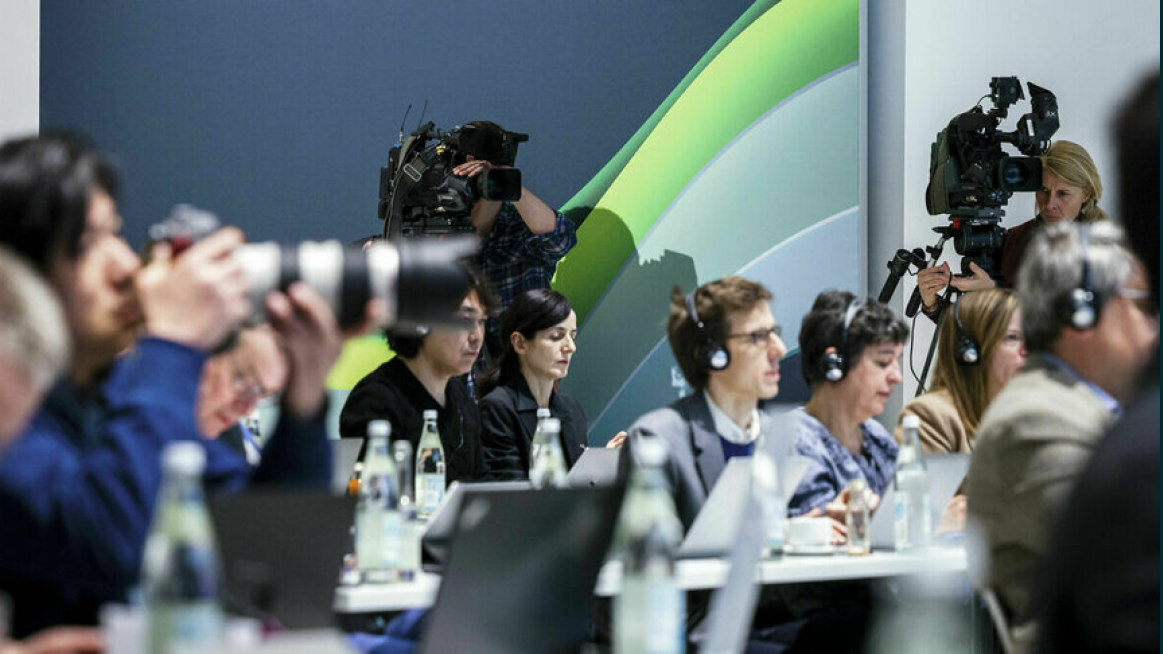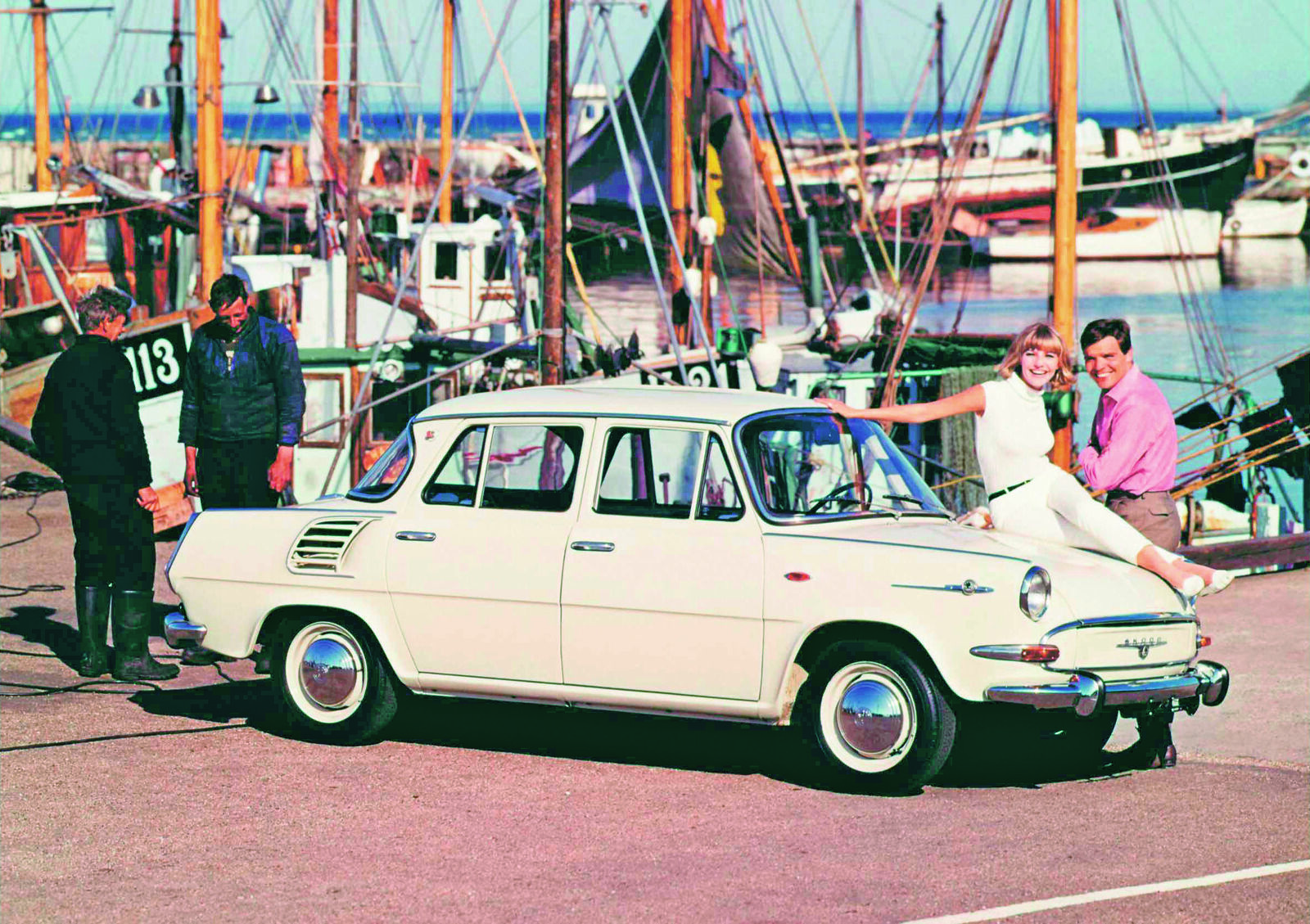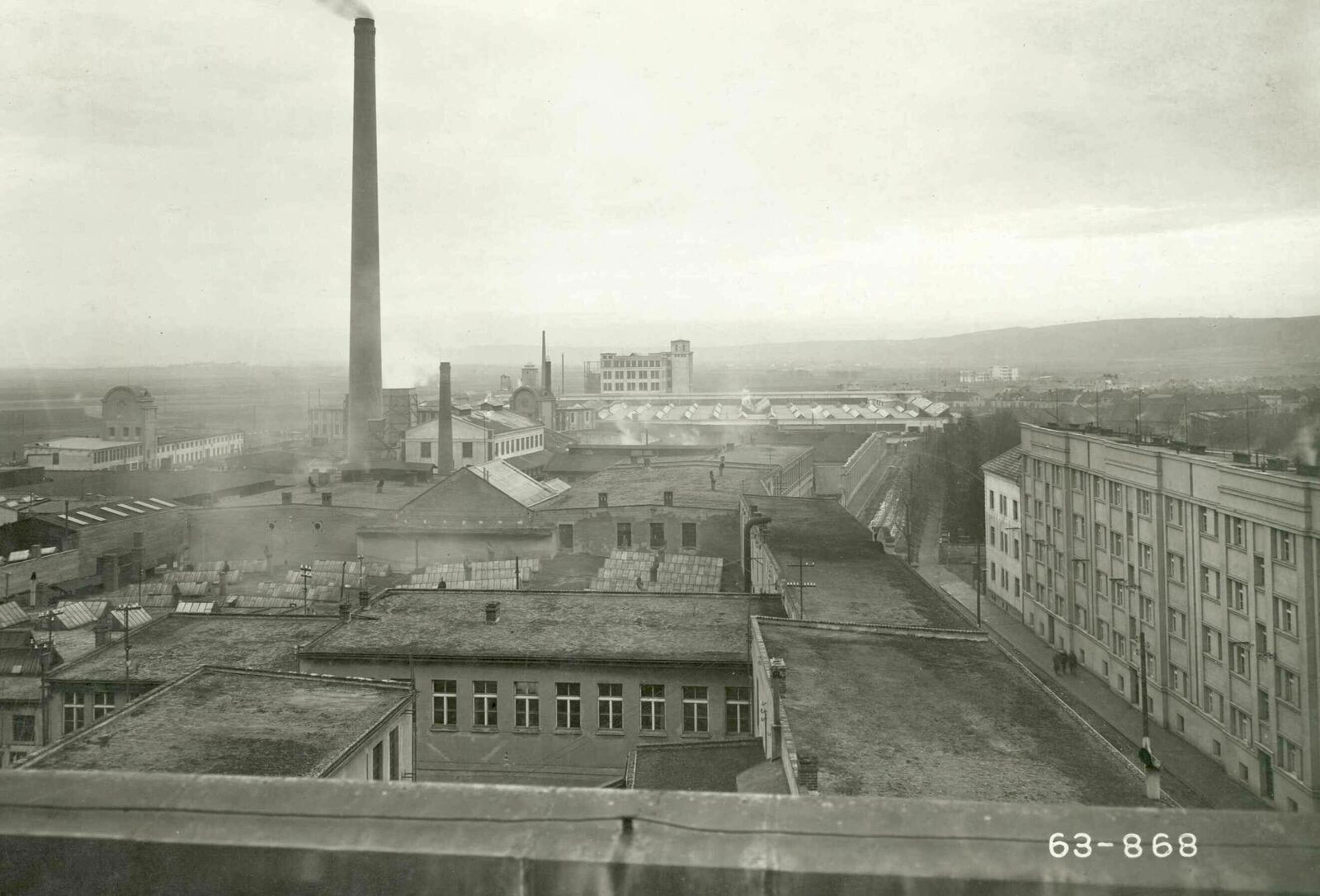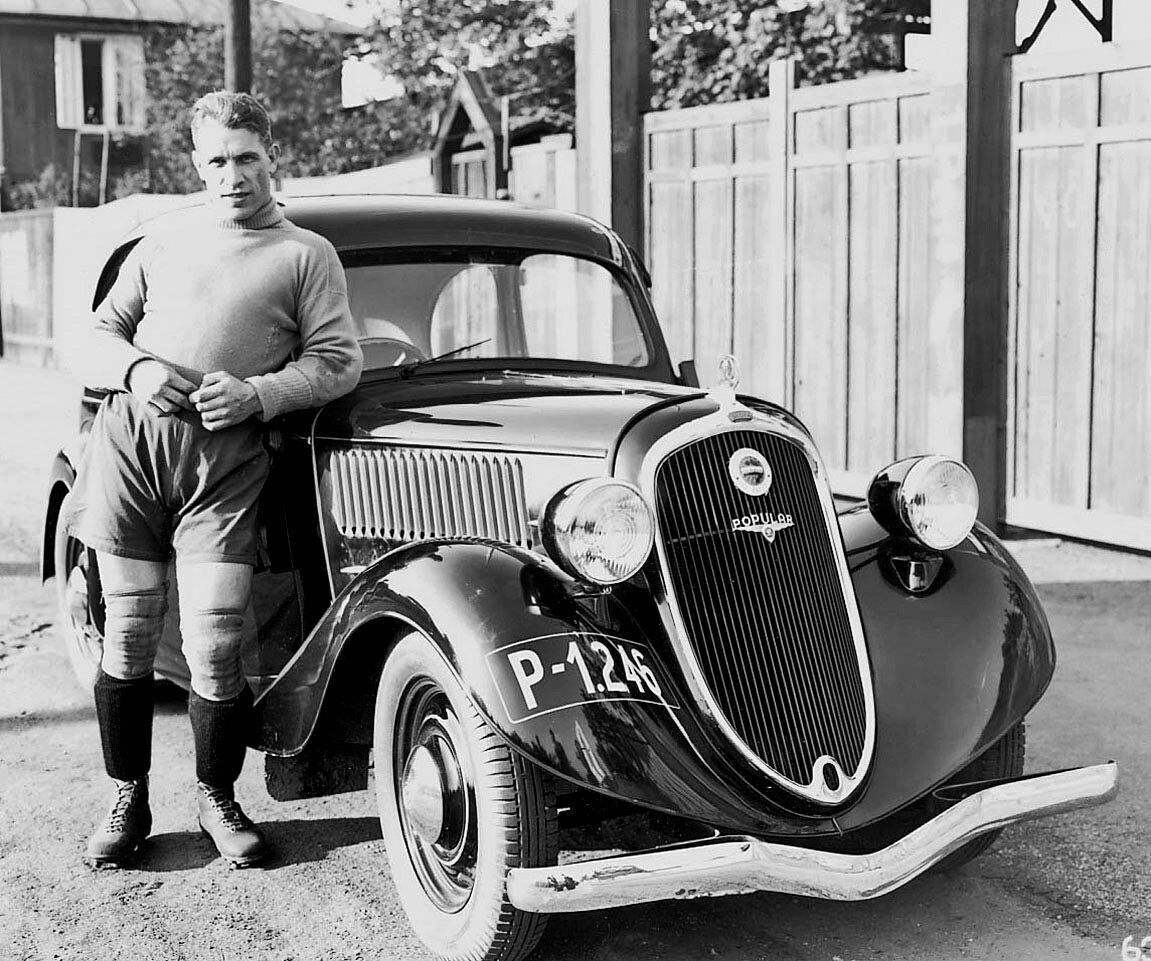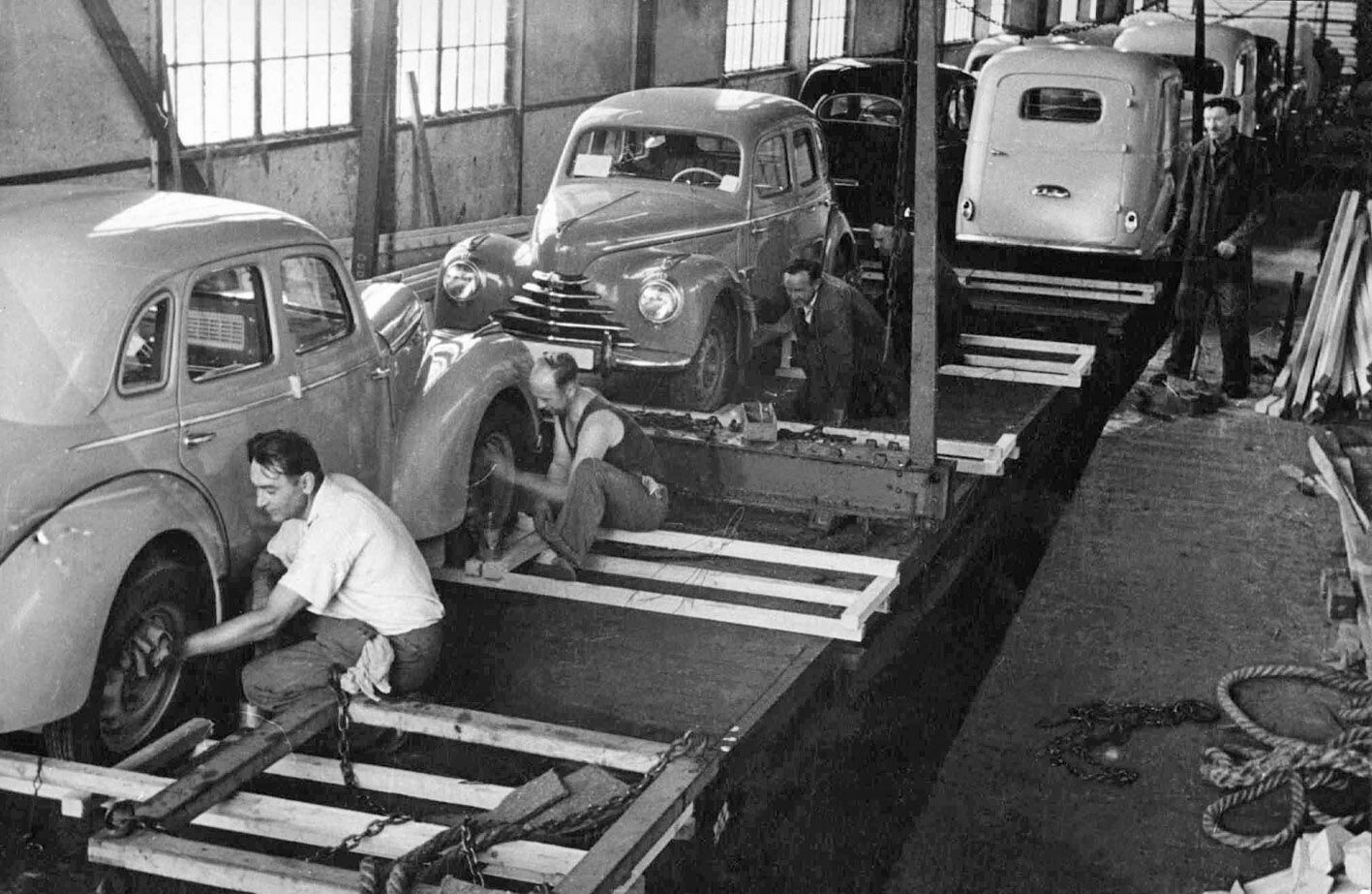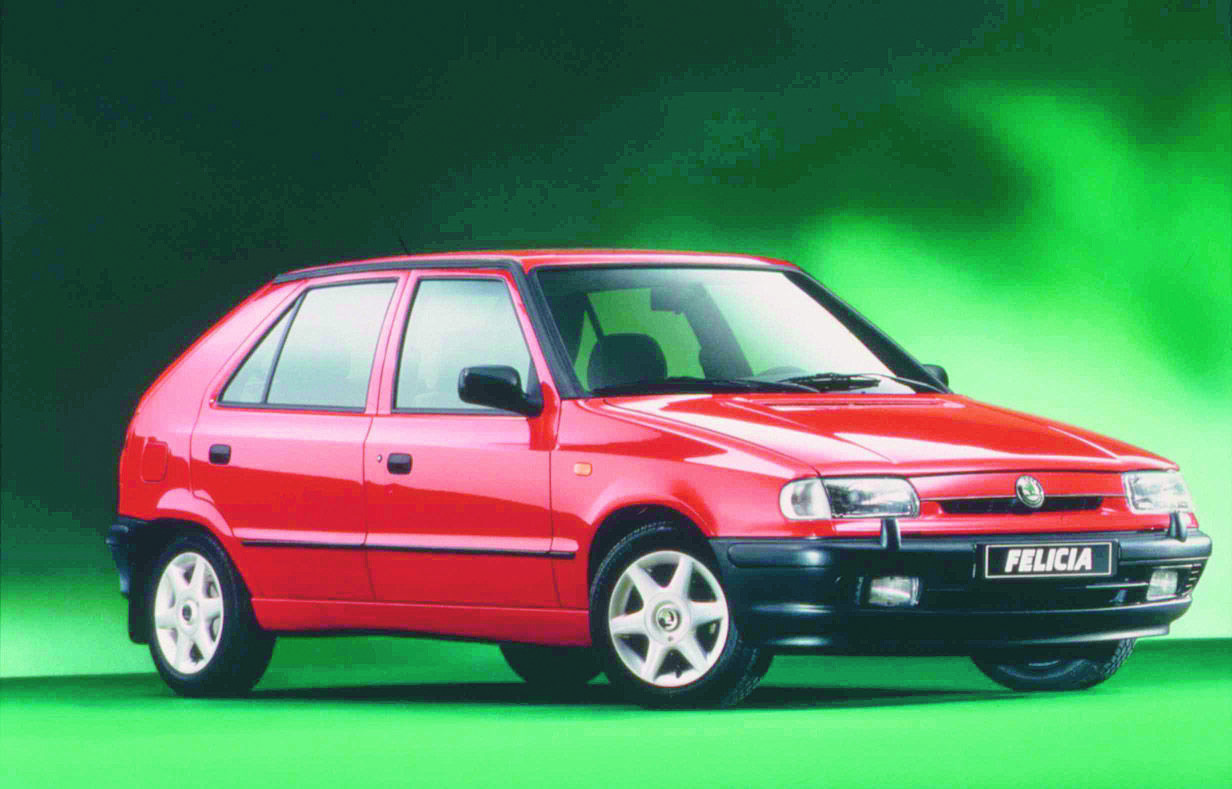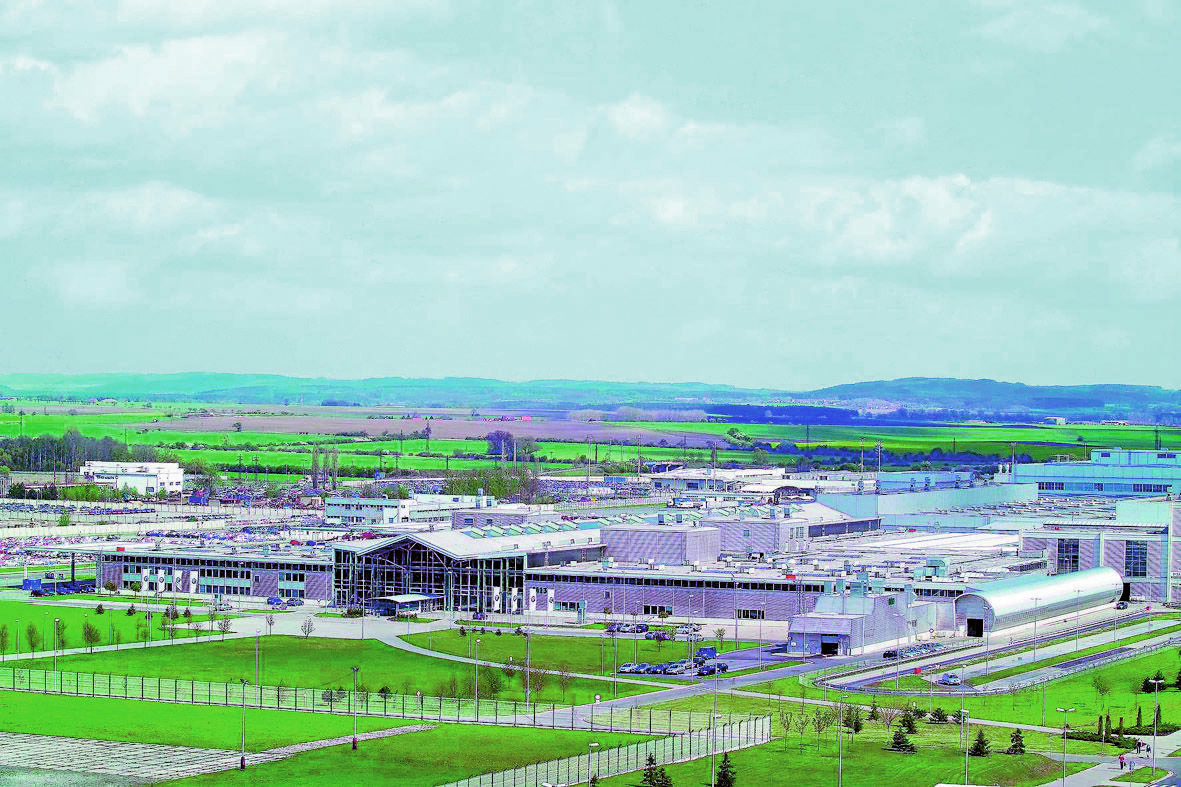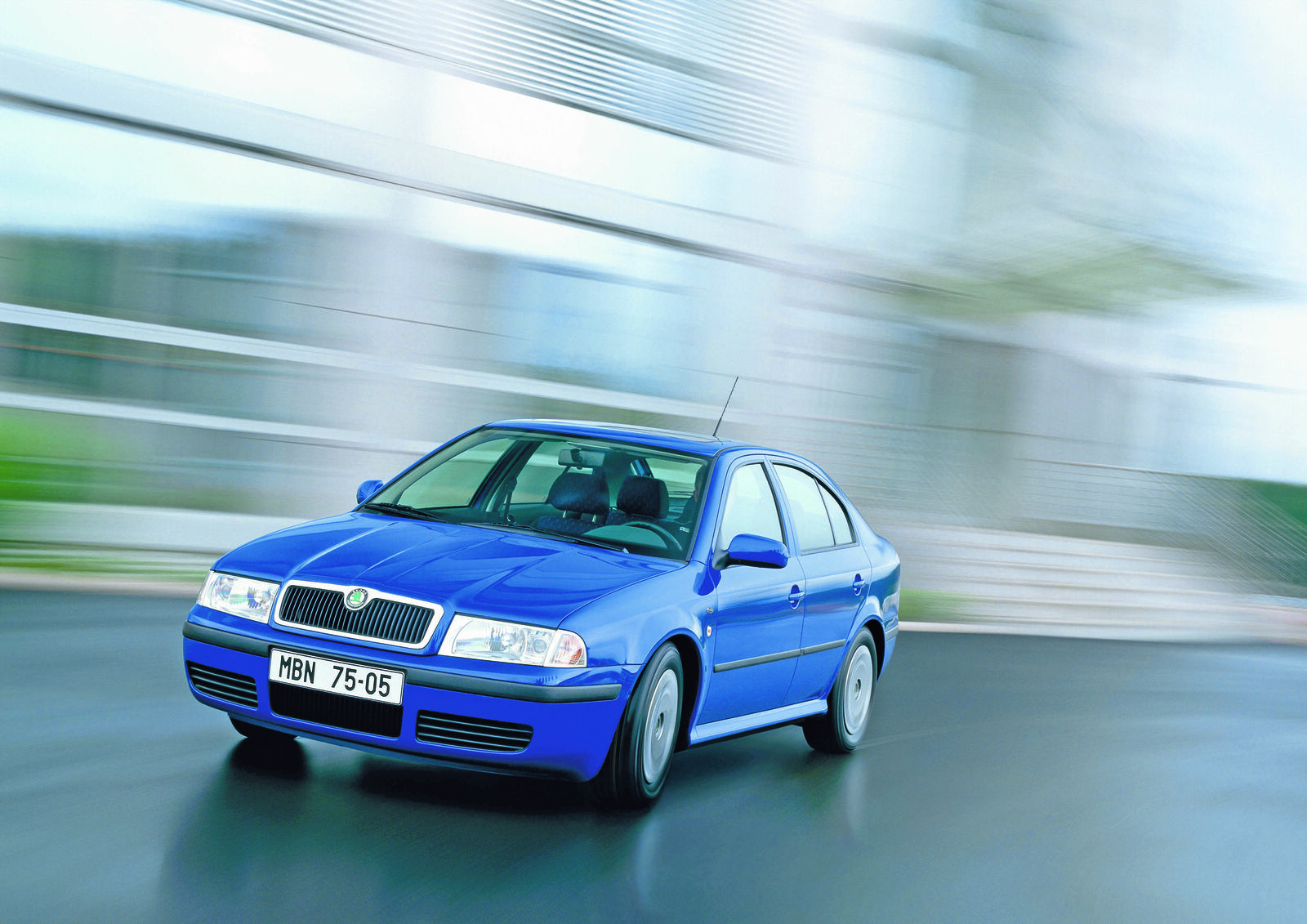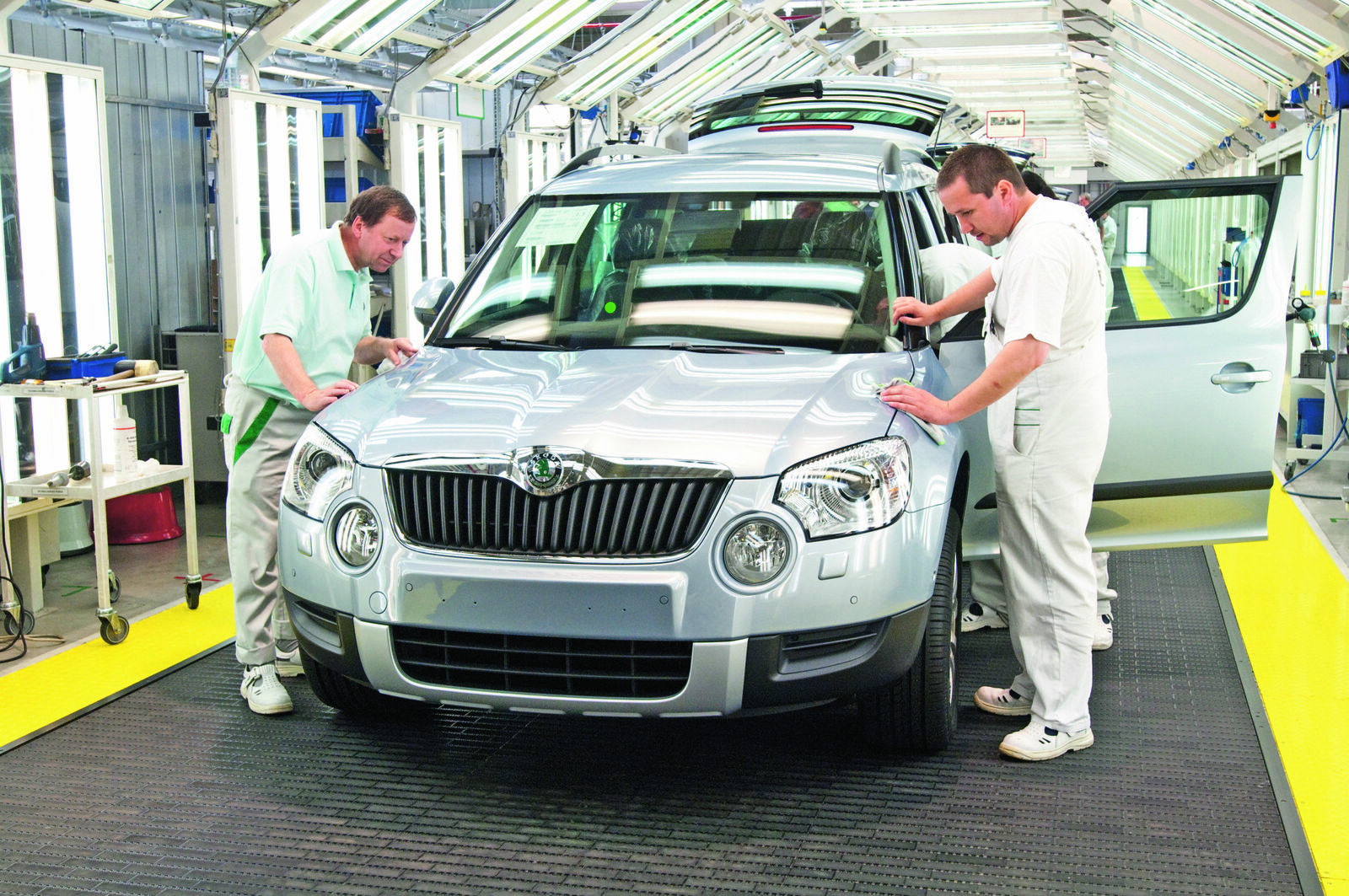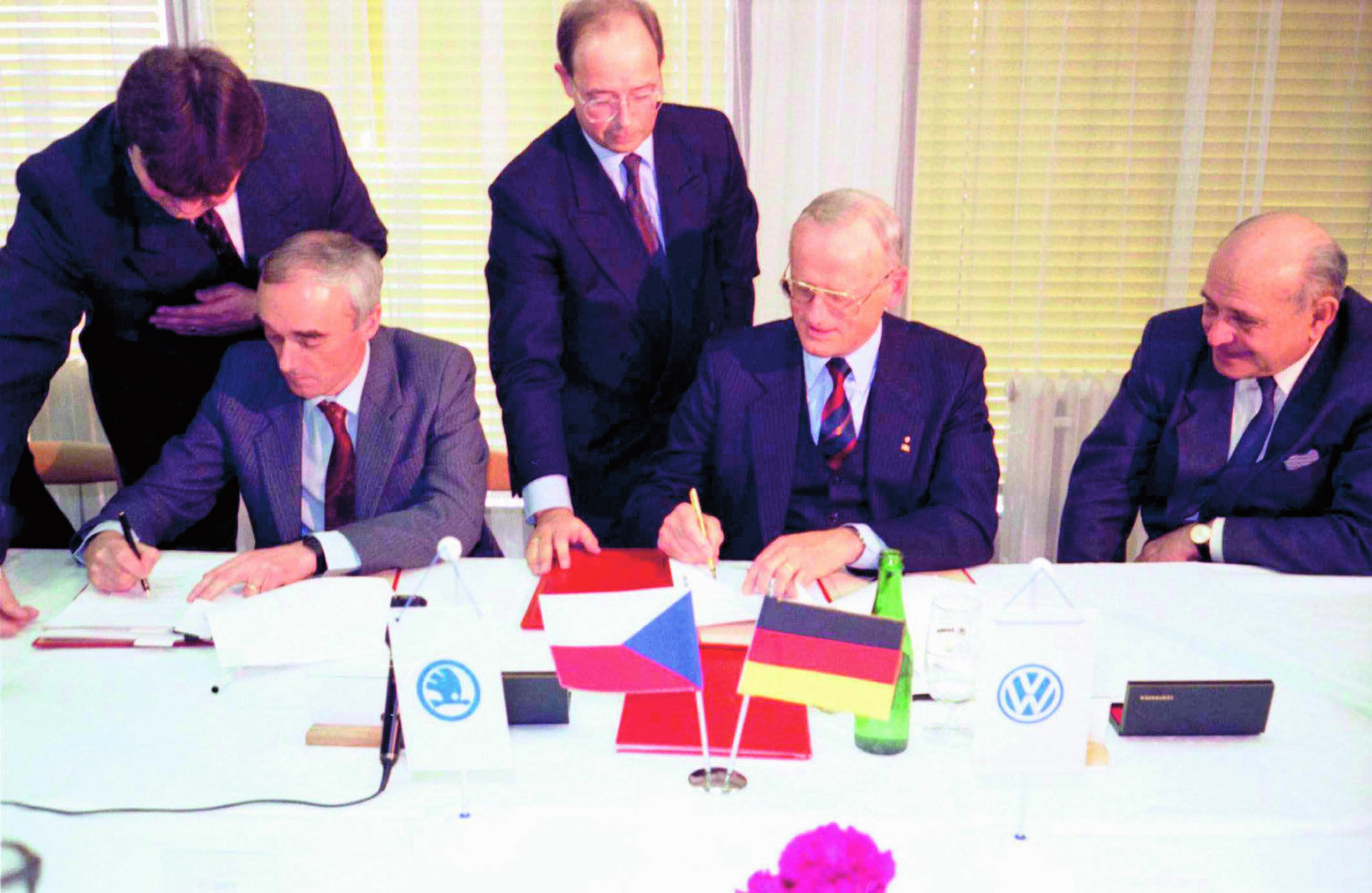
The interest expressed by Volkswagen met with a very positive response from the government in Prague, which took a liberal economic line, having already begun the process to privatise state-owned companies in 1990. The government was also looking for a strategic partner for Czech industry’s flagship and one of the country’s largest foreign exchange earners. So a self-confident Czech government began negotiations with interested car-makers, calling for a clear commitment to the continued existence and further development of Škoda. Volkswagen was happy to comply with this concern, since it coincided with the company’s own plans for the future positioning of the new brand. At the same time, Wolfsburg indicated its willingness to make major investment. A total of nine billion Deutschmarks was earmarked over a five-year period for modernising production facilities and expanding capacity to an annual 400,000 units. The commitment to integrate Škoda with its own model range as the fourth brand in the Volkswagen Group was additionally of high symbolic value. On an equal footing with the other brands, the Czech car-maker was to profit from the synergy effects and cost benefits of the global procurement and production alliance. On December 9, 1990, Prague gave Volkswagen the go-ahead to acquire a stake in Škoda. The joint venture agreement signed on March 28, 1991 set out the keynotes of this partnership and laid the foundation for Volkswagen AG to acquire an initial 31 percent stake in the shares of Škoda, automobilová a.s. on April 16, 1991, assuming managerial control of the new subsidiary.

